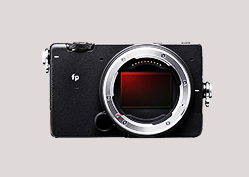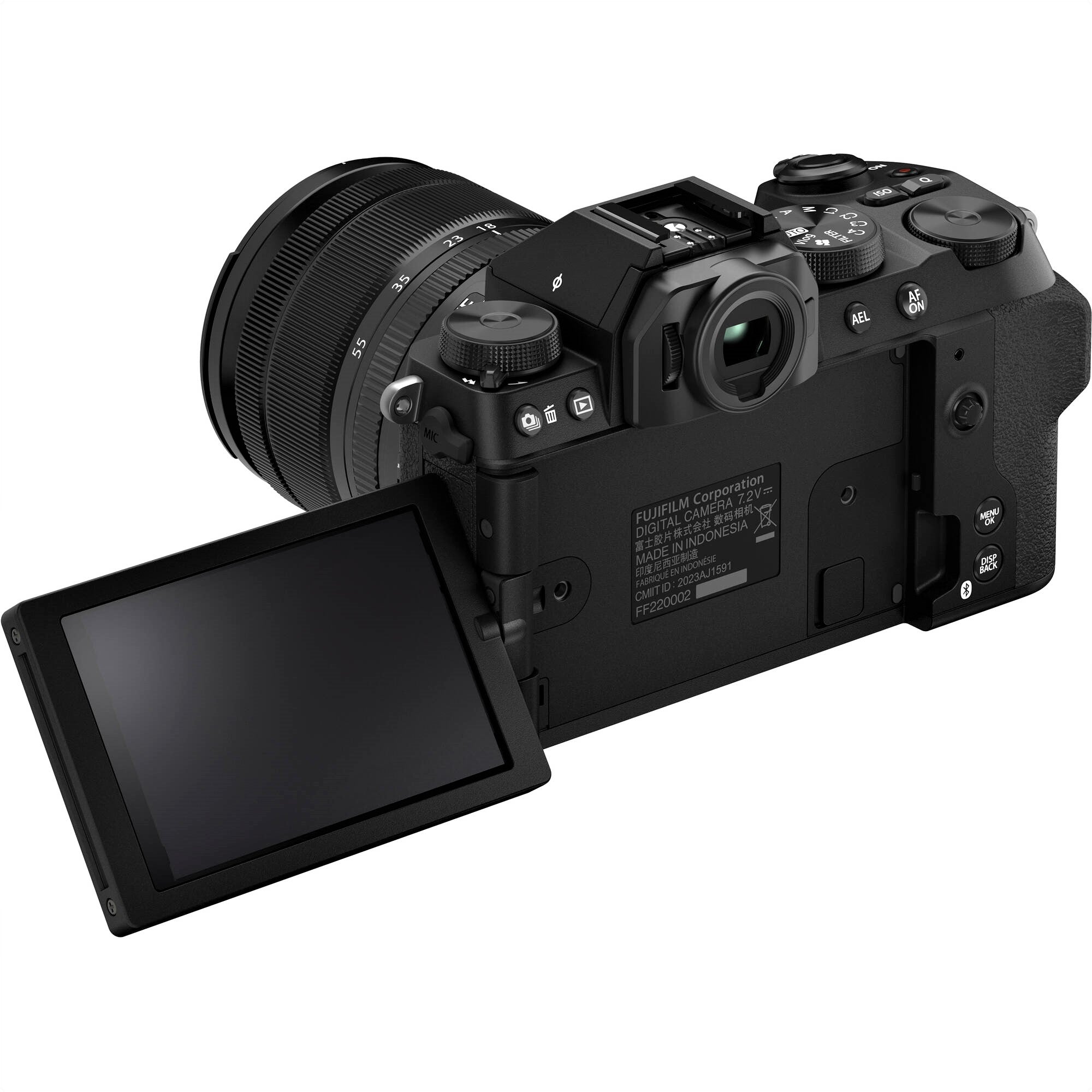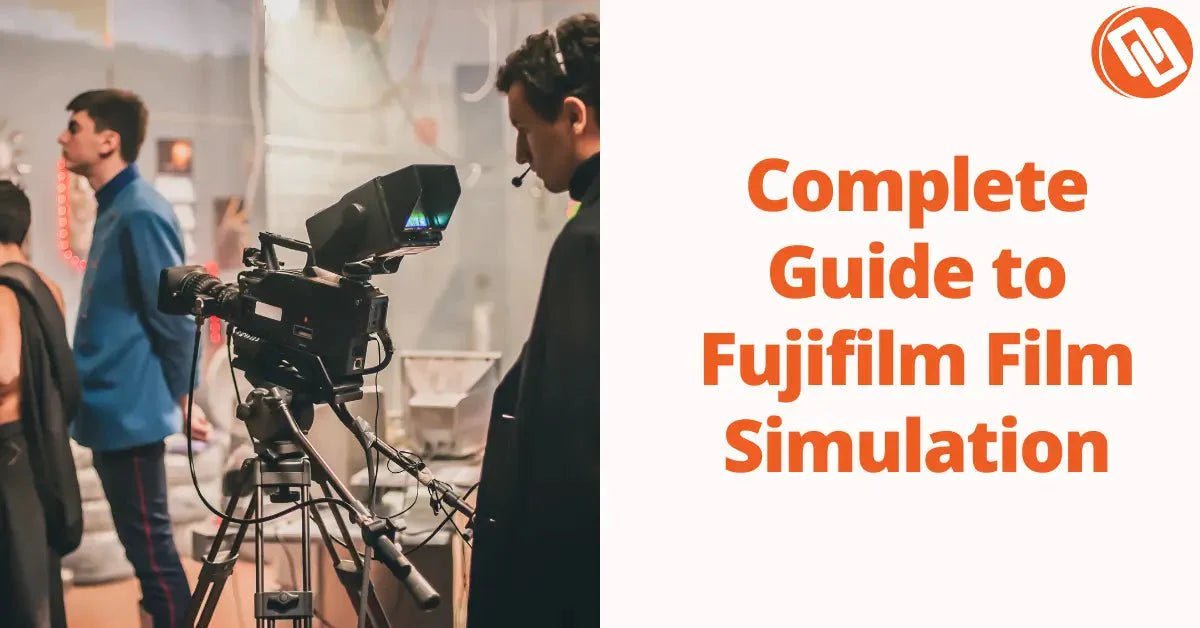When you hear the term POV camera, it might sound a little technical. But it’s really simple. A POV, or point-of-view camera, is just a device that records what you see—exactly how you see it. Instead of holding a big camera and worrying about framing, you strap this one onto your helmet, chest, or even your bike. Hit record. Done. The result? Footage that puts the viewer right in your place, as if they’re living the moment through your eyes.
That’s the magic. It’s not polished. It’s raw. Athletes use them to capture crazy downhill rides. Skiers film fast, heart-pounding runs. Some people even clip them onto their pets to see the world from a dog’s-eye view. It feels natural, fun, and spontaneous. Unlike bulky gear that slows you down, POV cameras are small, tough, and ready for action. They can take dust. They can take water. They can even survive a crash. They’re built for movement.
But here’s the real reason they’ve blown up—connection. When someone watches POV footage, they don’t just see it. They feel it. It’s immersive. It’s personal. In marketing, travel vlogs, or extreme sports, this kind of content draws people in. It turns them from spectators into participants. That’s powerful. That’s why if you’re a creator, adding a POV camera to your toolkit isn’t just smart—it’s a way to make your stories hit harder and stick longer.
Understanding the Concept of POV
POV means Point of View. In photos and film, a POV shot shows what the subject sees. It’s not the usual “looking at” angle. Instead, the camera pulls you in. You see the world as if through the subject’s eyes. Suddenly, you’re not just watching—you’re inside the scene.
What is POV in Photography?
In photography, POV is the angle or position of the shot. A normal photo keeps you on the outside. You look in. You observe. But a POV photo? It breaks that wall. It pulls you right into the moment. You feel the scene instead of just seeing it.
Think of a few examples. A street photo taken at eye-level—suddenly you’re walking in the crowd. A climbing shot from a harness—your stomach drops, your hands tense, you feel the height. Even kneeling low to capture a child’s perspective—the world feels bigger, different, alive.
That’s the power of POV. Small changes in angle shift everything. The mood. The meaning. The emotion.
Other camera angles show. POV shares. It makes the viewer part of the story. The lens becomes a bridge between subject and audience. A direct line of connection.
With POV, photography isn’t just about capturing a moment. It’s about letting others live it.
What Is a POV Camera?
A POV camera—short for point-of-view camera—is small, light, and built to capture life exactly as you see it. Instead of filming from the outside, it puts the viewer in your shoes. Every move, every glance, every turn—it feels like they’re right there with you. That’s why POV footage often feels raw, personal, and exciting.
These cameras are made to move. Clip one to a helmet. Strap it to your chest. Mount it on your bike. Hold it in your hand. Wherever it goes, the footage follows your body’s natural rhythm. The result? Energy. Motion. Realism. Things a regular camera often misses.
Traditional setups like DSLRs or mirrorless rigs are powerful but bulky. They need care, steady hands, and controlled spaces. A POV camera flips the script. Tough shells keep them safe underwater. Shockproof bodies survive crashes and falls. Rugged builds laugh at wind, rain, or dust. Whether you’re hiking a peak, diving deep, or just filming a street corner, these cameras keep rolling.
And it’s not just extreme sports. POV cameras show up in movies, tutorials, training, and even on construction sites. Police officers wear them. Teachers use them. Filmmakers love them. Any time you want someone to feel “this is what it’s like,” a POV camera delivers.
Choices are everywhere. Want wide landscapes? Go for ultra-wide lenses. Need something tiny and discreet? Pick a slim model. Looking for smooth, cinematic video? Advanced versions with 4K and stabilization have you covered. Whatever the use, these cameras aren’t just tools. They’re storytellers. Personal. Vivid. Unforgettable.
If you’re curious about exploring different models, check out a collection of POV cameras available for creators and enthusiasts.
Why POV Cameras Are Different from Traditional Cameras
POV cameras aren’t like regular cameras. The difference is clear.
A normal camera keeps you at a distance. You’re just watching. You see a surfer riding a wave, a biker flying downhill, or a traveler moving through a city. But you never feel like you’re there.
POV cameras close that gap. They take you inside the action. You see what the person sees. Their hands. Their steps. Their path. Suddenly, it’s not just a video—it’s an experience.
Think about surfing. A traditional clip shows the ocean. A POV clip? Your heart races. Salt sprays. You feel the board wobble beneath your feet. Or biking—regular footage shows speed. POV footage makes your stomach drop as if you’re holding the handlebars yourself.
Even in everyday life, POV feels personal. Walking through a busy street market. Hiking under tall trees. Simple moments, but more alive, more real. The camera acts like your own eyes.
That’s why POV cameras aren’t just for extreme sports anymore. They’re in vlogs. Travel videos. Live shows. Even films. Anywhere the goal is immersion, POV delivers.
In short: traditional cameras show. POV cameras let you live it.
The Purpose of a POV Shot
Now that we’ve defined what a POV camera is and how it differs from traditional cameras, the next step is to understand why POV shots are so powerful. The purpose of a POV shot goes beyond simply recording video—it’s about storytelling, immersion, and emotional connection.
As of 2024, the global POV camera market was valued at approximately USD 1.2 billion, and is projected to grow to USD 2.65 billion by 2033, at a robust CAGR of around 9.2%—highlighting rapid consumer demand for hands-free immersive recording tools.
Immersion: Making the Viewer Part of the Story
A POV shot does more than show a scene. It puts you inside it. Instead of watching from the sidelines, you’re dropped into the action. A ski run isn’t just a video—it’s speed, snow, and breath in your chest. A walk through the city isn’t background noise—it’s flashing lights, crowded sidewalks, and voices brushing past your ear.
POV works because it’s personal. The lens is your lens. The world isn’t framed from the outside—it’s raw, direct, lived. That’s why it rules action sports, travel vlogs, and documentaries. These shots don’t just say what happened. They whisper, shout, or breathe what it felt like to be there.
Emotional Connection and Authenticity
The secret power of POV? Emotion. It builds a bridge between creator and viewer. By seeing what someone sees, you don’t just follow the story—you become part of it.
A helmet cam on a mountain biker? It’s not just footage. It’s sweat, grit, and the jolt of every drop. Your stomach twists with every sharp turn. Not because you watched it—but because you rode it.
In film, POV pulls you into the character’s skin. Fear, triumph, heartbreak—you live it as they do. Conflict isn’t observed; it’s confronted head-on, through the same eyes, step for step.
Even daily vlogs change under POV. Buying coffee. Meeting a friend. Opening a box. Simple things shift. They feel close, almost shared. You’re not watching from afar. You’re walking in, sitting down, laughing along.
Creative Uses of POV Shots
POV shots do more than show what a person sees. They pull the audience in. They turn looking into feeling. They turn watching into experiencing.
Let’s break down some of the best uses:
-
Action Sports: Want to feel the rush? Strap a camera on a biker flying down a rocky trail. Or on a snowboarder flipping through the air. Or a surfer inside a crashing wave. These moments hit harder in POV. Every bump. Every twist. Every splash. The viewer feels it all—like they’re right there in the helmet or on the board.
-
Travel and Exploration: POV is a first-person passport. Instead of watching someone stroll through a market, you become the walker. The cobblestones under your feet. The bright stalls. The swirl of voices. For vloggers, it’s gold. Their audience doesn’t just see the trip—they live it.
-
Cinematic Storytelling: Film loves POV. Imagine a kiss from the main character’s eyes. A fight. A sudden scare. You’re not just watching emotions—you’re inside them. On the flip side, seeing through a villain’s gaze? Unsettling. Creepy. Powerful. Directors use this to bend mood, deepen tension, and lock us into a story.
-
Training and Education: POV isn’t only for thrill or drama. It’s perfect for teaching. A recipe, a machine repair, a tricky setup. From this angle, viewers don’t just watch—they copy. It’s their hands, their tools, their steps. That clarity speeds learning. Fewer mistakes. Faster mastery.
-
The Bigger Picture: POV is a bridge. It collapses the gap between creator and viewer. Done right, it doesn’t just show a scene. It shares it. And that’s the real magic—turning spectators into participants.
Answering the Big Question: What Is the Purpose of a POV Shot?
A POV shot has one main job: it makes you feel like you’re inside the story.
Immersion: Seeing Through Their Eyes
With this angle, the audience doesn’t just watch. They become the character. The view is direct, personal, and sometimes overwhelming. Think of hanging on the edge of a cliff or racing down a track at full speed. The camera doesn’t show you the person—it is the person. Suddenly, the moment feels raw and alive.
Emotion: Borrowing Feelings
Fear. Joy. Wonder. Confusion. A POV shot passes them along instantly. You see what the character sees, and you feel what they feel. It’s more than film technique—it’s emotional transfer. That’s why this style isn’t just for movies. In marketing, education, and beyond, it can turn plain information into an experience that sticks.
Storytelling: Shaping Perspective
Most shots keep distance. POV closes the gap. It lets the creator play with timing, details, and surprises. A filmmaker may use it to build suspense. A game designer makes it the entire experience. A training video uses it to teach step by step. Same tool—different impact.
Versatility: Beyond Movies
This style isn’t locked to Hollywood. Action sports depend on it. Medical training thrives with it. Travel uses it to transport viewers to new places. Brands use it to sell products by showing exactly what a customer would see. The point is clear: POV is not a gimmick. It’s a flexible tool for storytelling, teaching, and connecting.
Advantages of Using a POV Camera
POV cameras aren’t just trendy gadgets. They’re tools that change how stories get told. Instead of standing outside the action, they pull viewers right into the moment. Whether you’re jumping off cliffs, hiking new trails, or filming for fun, these cameras offer more than a regular lens ever could.
Let’s break down the main benefits:
-
Immersive Storytelling: A POV camera does more than record—it places the viewer in your shoes. They see what you see. They hear what you hear. They feel closer to the rush of skiing, the noise of a market, or the calm of a walk. The footage feels raw and alive, not staged.
-
Portability and Durability: These cameras are built tough. Small, light, and ready for abuse. Dust, water, impacts—they handle it. Regular cameras might fail. POV cameras keep rolling. You focus on the moment, not the gear.
-
Hands-Free Recording: Freedom matters. With head straps, chest mounts, helmets, or clips, you don’t have to hold a thing. The camera works while you play, train, or explore. Every move gets captured without pulling you out of the action.
-
Versatile Uses: The range is huge. Filmmakers use POV for intensity. Vloggers make it feel like a ride-along. Trainers and teachers explain by showing. Travelers film the road without missing a beat. One tool, endless ways to create.
-
Authenticity: POV video feels real. It’s not polished perfection. It’s shaky climbs, background laughs, sudden surprises. That rawness makes people trust it. In a world full of staged content, honesty stands out.
That’s the power of a POV camera: simple to use, built for action, and always real.
Conclusion
A POV camera is more than just a device—it’s a storytelling tool that captures life as it’s truly experienced. From defining what POV means in photography, to understanding the purpose of a POV shot, we’ve seen how these cameras bring immersion, authenticity, and creativity to every frame. Whether you’re an adventurer wanting to document your journey, a creator aiming to connect more deeply with your audience, or a filmmaker seeking unique perspectives, POV cameras deliver unmatched value.
In today’s fast-paced digital world, audiences crave connection and authenticity, and POV technology bridges that gap beautifully.
If you’ve ever wanted to capture your story in a way that feels as real to your viewers as it does to you, a POV camera is the perfect solution.
Ready to explore your options? Visit our website to discover the full range of POV cameras
and start creating immersive content today.






